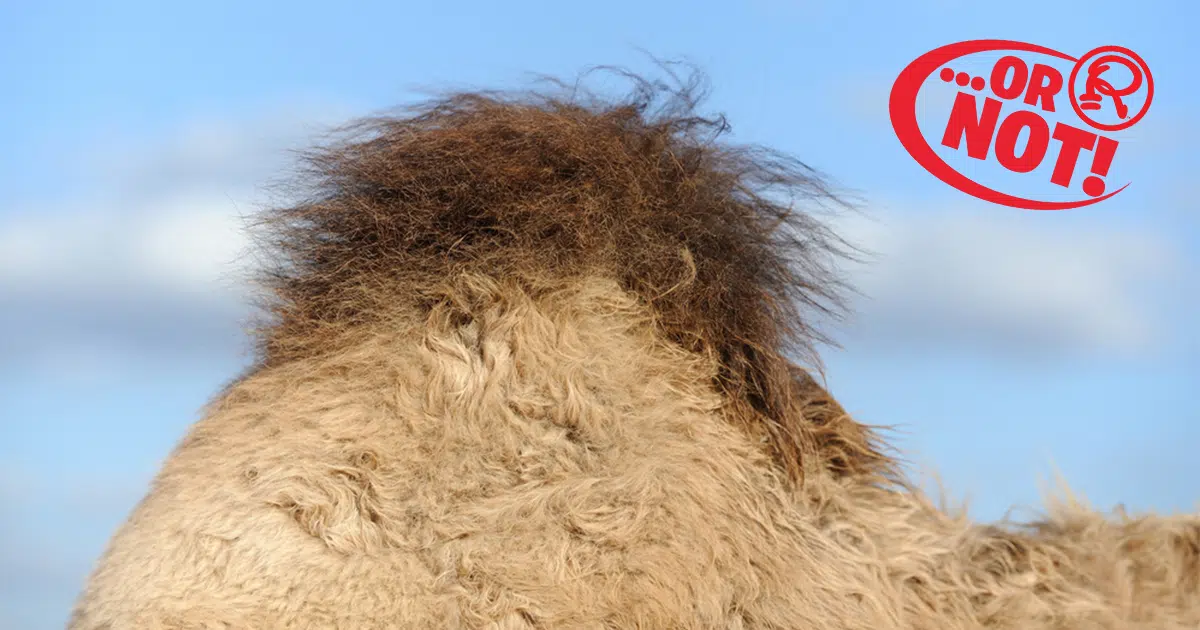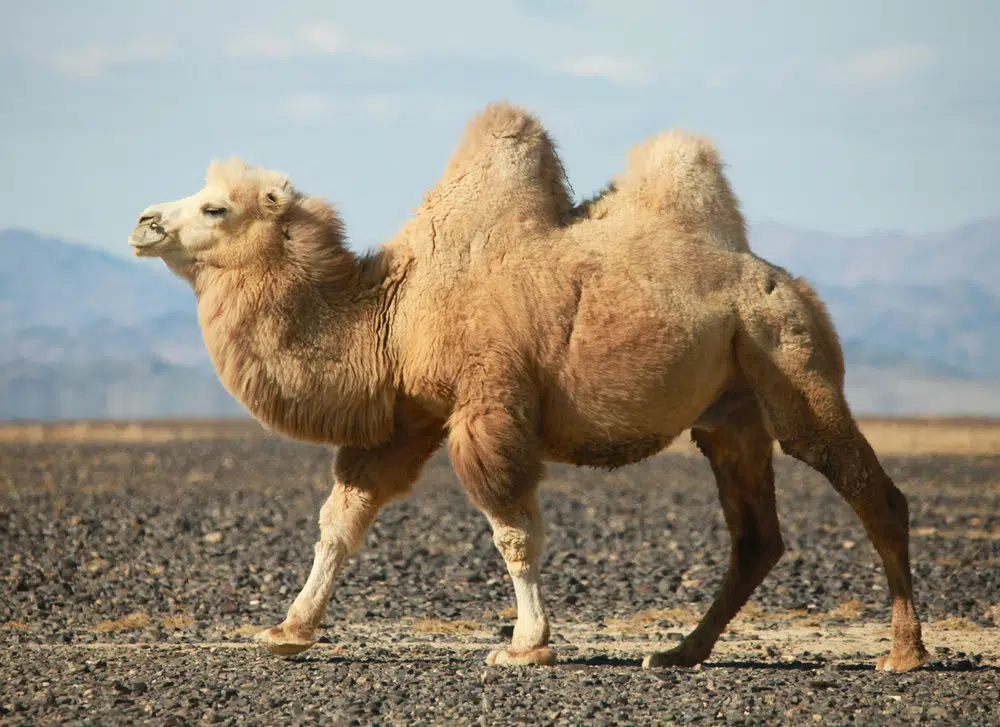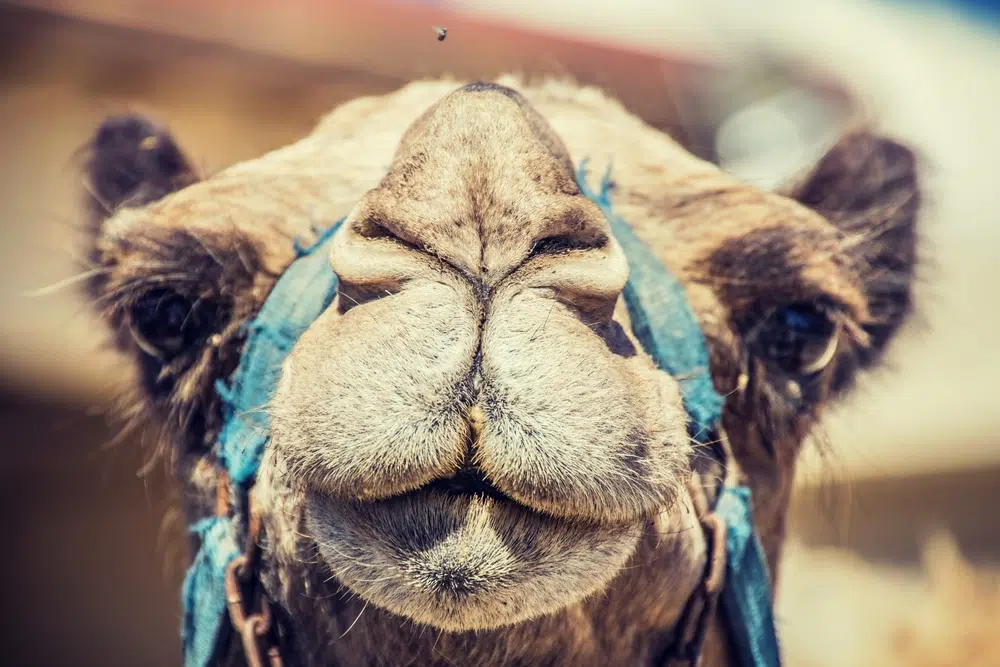If Camel Humps Don’t Contain Water, What’s Inside?
Featured in Ripley's Believe It or Not!

While camels can drink as much as 32 gallons of water in less than 15 minutes, the humps on their backs do not hold H2O. Instead, the animals store fat in their odd-looking protrusions, enabling them to traverse the desert for days when food is scarce. Camels can survive a week without drinking water and several months without eating.
An adult camel can store up to 80 pounds of fat in its humps. When the animals tap into the stored nutritional fat, the humps decrease in size and slump to the side. They become upright again after the camels eat and sleep. The dromedary camel has one hump while the Bactrian camel has two humps.




